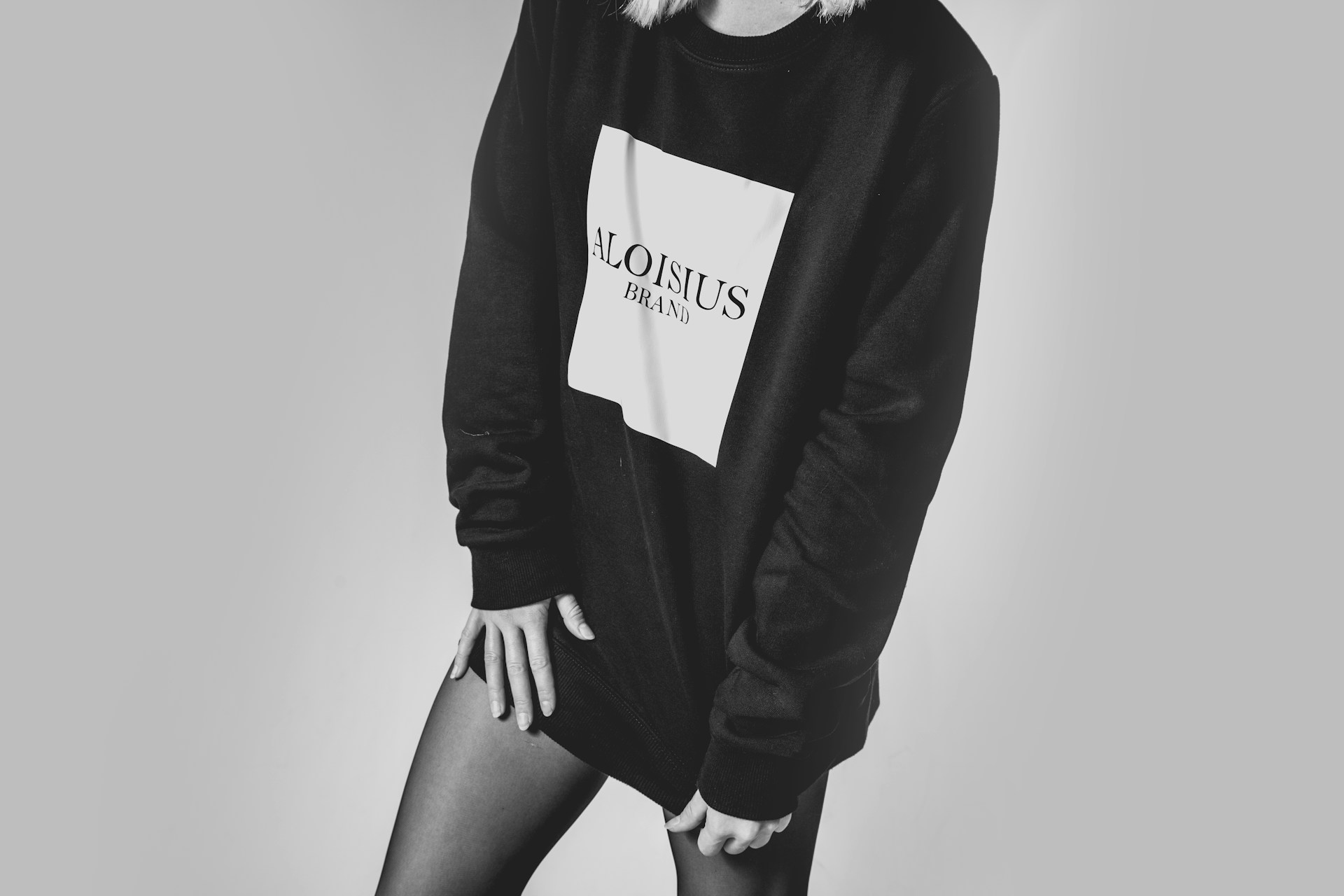Sweatshirts: Styles, Materials, and Care for Everyday Wear
A sweatshirt is a versatile wardrobe piece that combines comfort and practicality for casual and semi-casual settings. Originating as functional athletic wear, it now appears across wardrobes worldwide, available in many cuts and fabrics. This article explains what sweatshirts are, how they relate to broader clothing categories, their place in fashion, and how specific styles like hoodies and crewnecks differ and can be cared for.

What is a sweatshirt and how is it made?
A sweatshirt is typically a long-sleeved shirt made from soft, looped or brushed knit fabric such as fleece, French terry, or cotton blends. Originally designed to absorb sweat during exercise, modern sweatshirts prioritize warmth and comfort. Construction often includes ribbed cuffs and hem to retain warmth, and seams are meant to withstand repeated wear. Fabrics vary in weight and finish, affecting breathability and insulation, so choosing the right material depends on intended use and climate.
How does a sweatshirt fit into everyday clothing?
Sweatshirts are a foundational category in casual clothing because they bridge loungewear and streetwear. They pair easily with jeans, chinos, or joggers and can be layered under jackets or over shirts. For many, a sweatshirt is a reliable go-to for travel, commuting, and relaxed offices with casual dress codes. When integrating sweatshirts into a wardrobe, consider color, fit, and fabric weight to ensure the piece complements other clothing items and suits seasonality.
How are sweatshirts used in modern fashion?
In contemporary fashion, sweatshirts have evolved from purely practical garments to style statements. Designers and brands reinterpret silhouettes, add embellishments, and experiment with prints and textures to move sweatshirts into more fashion-forward contexts. Minimal, solid-color sweatshirts work well in muted palettes for a clean look, while graphic or oversized options create a streetwear vibe. Styling choices—such as tucking, layering, or pairing with tailored pieces—determine whether a sweatshirt reads as relaxed or deliberately styled.
What distinguishes a hoodie from other sweatshirts?
A hoodie is a specific sweatshirt variant defined by the attached hood, often with a drawstring, and sometimes a front pouch pocket. Hoodies can be pullover or zip-up and are commonly associated with activewear and casual fashion. The hood provides extra protection against wind and light rain, while pockets add functionality. Material and fit vary widely; a lightweight zip-up hoodie will perform differently from a heavyweight pullover. Consider the hoodie’s intended use—exercise, layering, or standalone outerwear—when selecting fabric and cut.
What is a crewneck sweatshirt and when is it appropriate?
A crewneck sweatshirt has a rounded, collarless neckline that sits at the base of the neck, without a hood. This clean neckline gives the crewneck a neater silhouette, making it slightly more versatile for smart-casual outfits than some bulkier hoodies. Crewnecks can be slim or relaxed in fit and are often preferred for layering under jackets or over collared shirts. Because of the simple neckline, embroidered logos or subtle textures can add visual interest without overwhelming an outfit.
Conclusion
Sweatshirts occupy a unique space between comfort and style, available in many fabrics, fits, and finishes to suit different activities and aesthetics. Understanding the characteristics of hoodies, crewnecks, and material choices helps with selecting pieces that align with personal style and practical needs. With basic care and mindful styling, a sweatshirt can be a durable, adaptable part of daily clothing rotation.






